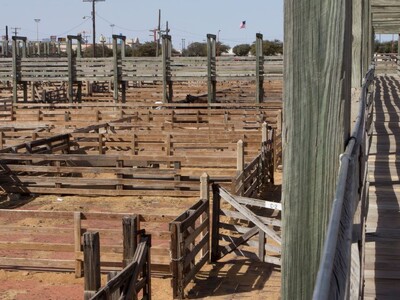Continuing Conversation on Being Prepared
Yesterday we began a conversation with Yakima County Emergency Services Public Information Officer Kent Catlin about what you need to consider when planning for disasters. Today Catlin shares what to consider when your disaster planning includes livestock.Catlin: "You're going to be taking a look at whom do you need to contact during the emergency. If an evacuation is warranted, where do you move your animals? Does your county or local emergency management offices have an animal rescue group that you could call upon to help recovery endangered animals such as animals that might be caught in a well or in a place you would not have the ability to recover from. Also certain animals would need to be capture and held for evaluation if it is some type of biological incident. Where would you do that on your ranch or facility? Are the animals that you have need to be identified to be returned to you? How are you going to do that and how are you going to track those records? Where are you going to keep those records so that you know where they are to help you get those animals back after a disaster takes place? If you get stranded somewhere and can't get back to the ranch, whose going to feed or take care of the animals? Do you have those contact numbers that you can call people to help you with that? If an evacuation is warranted, whose going to help transport the animals if you don't have the trailer or trucking facilities to move all of your stock? Having all the numbers of veterinarians, animal renders that you might need to call in the worst case scenario."














